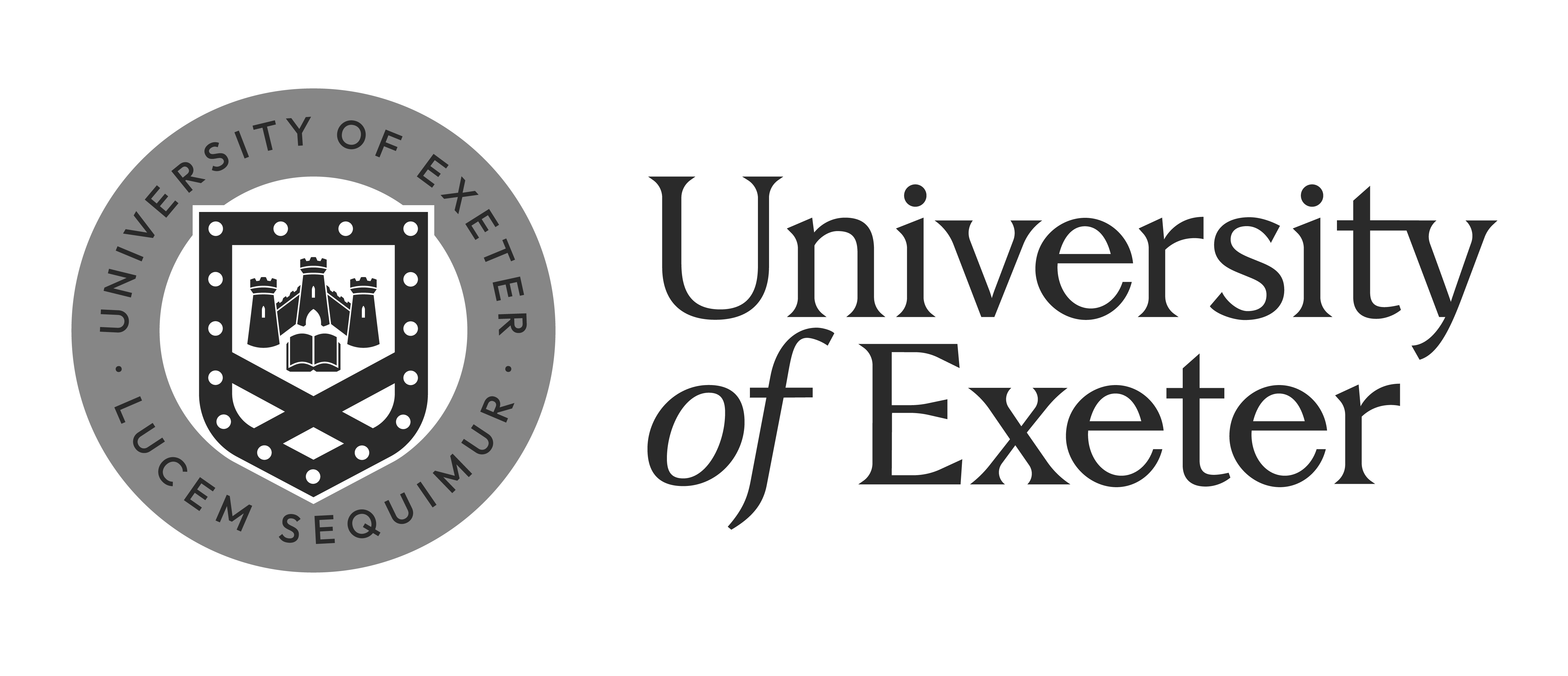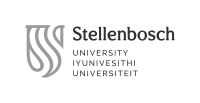Su2401 Stones of Venetia: from the Romans to the Microscope
Professors
Schedule
Course description
The architectural wonders of Venice have long held a mesmerizing appeal for artists, scholars, and historians alike. From the graceful arches of its bridges to the intricate facades of its palaces, Venetian stone architecture stands as a testament to human creativity and ingenuity. Beneath the surface of this captivating beauty lies a story deeply rooted in ancient dynamics. Many of the materials utilized in Venetian architecture trace their origins back to antiquity, reflecting methods of exploitation and use of stone resources that were well-established in the urban centers of the ancient Venetia, a Latin toponym denoting the region of Venice, spanning from Veneto to Friuli-Venezia Giulia and Istrian peninsula.
As a first point, the course aims to illustrate the students the diverse array of stone materials employed as far back as the Roman era in the cities of Venetia region, revealing their ancient origins and historical significance. Through this exploration, students will gain insights into the geological and cultural contexts that shaped the regional architecture, which lies in the deliberate selection of locally sourced stones together with imported materials from distant lands. Exotic marbles from quarries in Greece and Istria, alongside regional limestones and volcanic rocks, such as the famed Veronese Marble and Euganean Trachyte, were ordinarily used since ancient times for embellishing the façades and interiors of monuments, paving the streets or as rough building material for masonry structures. The course will delve into the themes of stone trade and methods employed in antiquity to quarry and transport the materials in the main urban centers of the region, continuing to explore comparisons and models from the ancient past that resurface regularly in the construction of Medieval and Renaissance Venice.
The second task is to equip students with the necessary tools to identify the main types of stones employed in the Roman towns of the modern-day Veneto and Friuli-Venezia Giulia regions, through in classroom seminars and fieldtrips.
In the third part of the course, students will be provided with a preliminary overview of the most advanced laboratory techniques for identifying lithotypes and mapping their geological provenance from outcrops. Through the lens of the microscope, and detailed micrographs acquired with scientific instruments, from petrographic analysis to X-ray diffraction and scanning electron microscope, the students will have the opportunity to see the incredible array of minerals and fossils that constitute the stones of ancient Venetia, in colors and forms imperceptible to the naked eye. Additionally, they will witness firsthand the devastating effects of degradation, caused by corrosion patinas, sulfates, and erosion patterns resulting from tides, climatic effects, and pollution on the preservation of historic architecture.
This overview underscores the interdisciplinary nature of stone studies, bridging the realms of geology, archaeology, art history and conservation in a quest to unravel the secrets of Venice's enduring stone legacy.
Expected Learning Outcomes
The expected outcome of the course is to make students aware of the historical and cultural heritage underlying the exploitation dynamics of the stones used in Venice, which is rooted in very ancient traditions of the surrounding territory.
By side of to this concept, the course also aims to create consciousness in students of the scientific disciplines behind the study of stone heritage, from macroscopic and microscopic methods for the recognition of the lithotypes and their provenance, to the understanding of the risks associated with degradation and pollution.
Organization of the course
• Week 1. The ancient Venetia. Territory, Towns, Materials and Architecture. Overview of the Veneto-Friulian territory, from a geological and morphological perspective; ancient historical evolution and overview of the main ancient centers of the territory; architecture and construction geomaterials (stone, mortars, brick) used in the main monuments of the region in Roman and Medieval times.
• Week 2. The stones used in ancient Venetia. Identification, Properties and Geological origin. Brief geological overview of rock types (sedimentary, volcanic, metamorphic) and physic- mechanical characteristics of lithotypes used in ancient Veneto and Friuli; macroscopic identification of lithotypes and analytical criteria for recognition. Decay and alteration of ancient stone materials, a current issue.
• Week 3. Quarry sites and transport dynamics of stone materials used in ancient Venetia. Quarrying methods and tools of stone resources in the Veneto-Friulian territory and beyond; transportation and communication routes (overland, river, maritime trade).
• Week 4. Scientific methods for the Stone Characterization, Provenance Determination and Decay. Insights on the laboratory techniques (Transmitted Light Polarized Optical Microscopy, X-Ray Diffraction, Scanning Electron Microscopy, X-Ray Fluorescence) for the analysis of stone materials in the field of Cultural Heritage; practical applications and case studies from Veneto-Friulian territory.
• Fieldtrip. 4 hours of the course will be dedicated to a field trip in Venice, where the lithotypes used in the monuments of the town will be analyzed and identified on the spot.
- Three lectures will be held by invited speakers, with proven teaching experience in their scientific fields of expertise.
- In the last week of August, one lecture will be held at the Laboratories of the Department of Cultural Heritage of the University of Padova (CEASC center, Center for Analyses and Services for Certification) Via Marzolo, 1, Padova (PD), 35122, for practical activities with microscopes and analytical instruments for characterization of stone materials.
Virtual Content
An introductory online class will be done before program at VIU, to present content and scope of the course and to explore the academic background of the attending students. The lecture will be held in the fourth week of July.
One digital presentation is expected to be prepared by students during the course, and discussed in class after the lectures at VIU.
Evaluation methods
• Class attendance to classes and fieldtrip: 15% of the final mark
• One classroom assignment: 15% of final mark
• One digital presentation: 40% of final mark
• Oral exam: 30%
Classroom assignment. The task will focus on the identification of lithotypes used in the territory of Venetia region, based on some samples of stone, cut and polished, provided by the teacher during the courses. The students will be asked to recognize the lithotypes and define their historical framework of utilization.
Digital presentation. The students will be required to produce a digital presentation related to some of the course topics, focusing on a case study (i.e., Stones of Roman Patavium), or on a cross- cutting aspect (i.e., Quarry sites of Euganean Hills), based on the readings from the bibliography of the course. Additional texts may be recommended by the teacher.
Oral exam. An oral examination will cover the topics addressed throughout the four weeks of the course. The final evaluation will be based on the responses to 3 different questions.
Bibliography
General readings
Antonelli F. 2019, Le pietre (di Venezia) raccontano: come leggerle. In S. Marini (Ed.), Supervenice: «Vesper» No. 1 Autunno-inverno, 196–203. (ITA and ENG)
Artioli G. 2010, Scientific Methods and Cultural Heritage: An introduction to the application of materials science to archaeometry and conservation science, Oxford, Oxford University Press.
Ben Russell 2013, The Economics of the Roman Stone Trade, Oxford Studies on the Roman Economy 6, Oxford: Oxford University Press.
Bugini R., Folli L. 2023, Stones from Veneto, in Building Stones of Milan and Lombardy: Volume 2: Stones of Lombardy. CRC Press. https://doi.org/10.1201/9781003361008
Bugini R., Folli L. 2023, Stones of Friuli Venezia-Giulia, in Building Stones of Milan and Lombardy: Volume 2: Stones of Lombardy. CRC Press. https://doi.org/10.1201/9781003361008
Lazzarini L. 1975, Stones and marbles in Venice and their decay, in R. Rossi Manaresi (ed.), The Conservation of Stone, volume I, Bologna, 169-187.
Lazzarini L. 2013, Pietra d’Istria: quarries, characterisation, deterioration of the stone of Venice, in Proceedings of the “12th Int. Conf. on the Deterioration and Conservation of stone (New York 22-26 October 2012).
Lazzarini L., Van Molle M. 2015, Local and imported lithotypes in Roman times in the Southern part of the X Regio Augustea Venetia et Histria, in P. Pensabene, E. Gasparini (eds.), Proceedings of the 10th International Conference of ASMOSIA Association for the Study of Marble & Other Stones in Antiquity (Rome, 21-26 May 2012), Rome, 699-711.
Previato C. 2018, Aurisina Limestone in the Roman Age: from Karst Quarries to the Cities of the Adriatic Basin, ASMOSIA XI – Interdisciplinary Studies of Ancient Stone, Proceedings of the Eleventh International Conference of ASMOSIA (Split, 18-22 May 2015), Split, 933-939.
Previato C. 2023, The amphitheatres of Regio X –Venetia et Histria: the impact of stone supplying cost on ancient construction processes, in S.J. Barker, C. Courault, J.A. Domingo, D. Maschek (eds), From Concept to Monument. Time and Costs of Construction in the Ancient World, Papers in Honour of Janet DeLaine, Oxford, 356-371.
Previato C., Zara A. 2018, A database and GIS project about the Quarrying, Circulation and Use of Stone during the Roman Age in Regio X – Venetia et Histria. The case study of Euganean trachyte, in D. Matetić Poljak, K. Marasović (eds.), ASMOSIA XI, Interdisciplinary Studies on Ancient Stone, Proceedings of the XI International Conference of ASMOSIA, Split, 597-609.
Specific readings
Boschetti C., Dilaria S., Mazzoli C., Salvadori M. 2021, Making Roman mosaics in Aquileia (I bC – IV AD): technology, materials, style and workshop practices. Two case studies from Domus delle Bestie ferite, in R. Thomas (ed.), Proceedings of the 19th International Congress of Classical Archaeology – AIAC (Cologne/Bonn, 22-26 May 2018), Cologne, 91-112. https://doi.org/10.11588/propylaeum.777
Dilaria S., Bonetto J., Germinario L., Previato C., Girotto C., Mazzoli C. 2024, The stone artifacts of the National Archaeological Museum of Adria (Rovigo, Italy): a noteworthy example of heterogeneity. Archaeological and Anthropological Science 16, 14. https://doi.org/10.1007/s12520-023-01911-4
Antonelli F., Lazzarini L., Cancelliere S., Tesser E. 2016, Study of the deterioration products, gilding, and polychromy of the stones of the Scuola Grande Di San Marco's façade in Venice, Studies in Conservation, 61:2, 74-85, DOI: 10.1179/2047058415Y.0000000004
Germinario L., Siegesmund S., Maritan L., Mazzoli C. 2017, Petrophysical and mechanical properties of Euganean trachyte and implications for dimension stone decay and durability performance, Environmental Earth Science 76, 739. https://doi.org/10.1007/s12665-017-7034-6
Piovesan R., Tesser E., Maritan L., Zaccariello G., Mazzoli C., Antonelli F. 2023, Mapping of stones and their deterioration forms: the Clock Tower, Venice (Italy). Heritage Science 11, 108. https://doi.org/10.1186/s40494- 023-00909-4
Salvini, S., Coletti, C., Maritan, Coletti C., Maritan L., Massironi M., Pieropan A., Spiess R., Mazzoli C. 2023, Petrographic characterization and durability of carbonate stones used in UNESCO World Heritage Sites in northeastern Italy. Environ Earth Sci 82, 49. https://doi.org/10.1007/s12665-022-10732-y
Vedovetto P., Antonelli F., Secco M., Artioli G. 2023, Marble Architectural Elements and Liturgical Furniture of the Santa Giustina Basilica in Padova: New Archaeometric Data on the Importation of Proconnesian Marble in the Late Antique Adriatic, Heritage, 6, 3063-3073. https://doi.org/10.3390/heritage6030163
Last updated: April 5, 2024


















